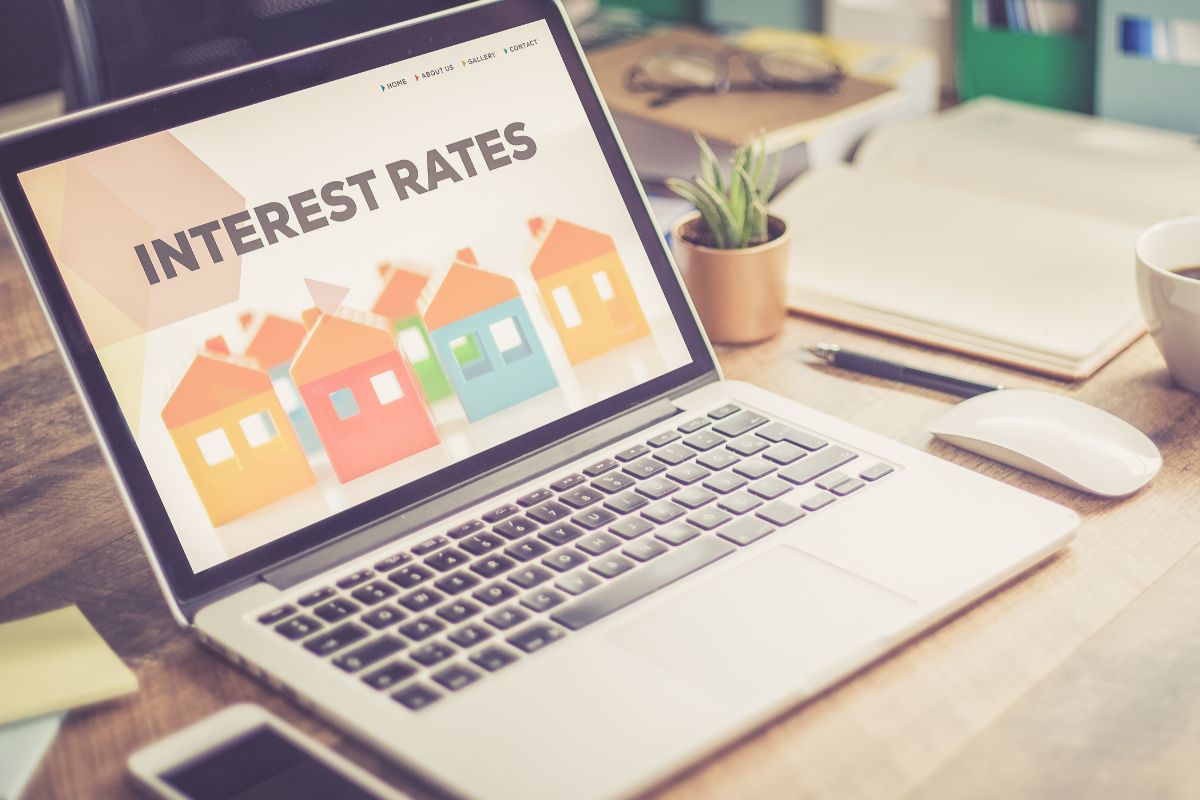An investment is an asset or item that is purchased in the hope that this will generate the buyer additional income or it will increase or ‘appreciate’ in value in the future.
Assets can be any number of things from houses to land, to collectable items.
When an investment (see also ‘How To Write An Investment Proposal‘) is made there is no guarantee that the value will appreciate, which is why it is considered a risk activity.

If you’ve heard of the term ‘gross investment’ and aren’t sure what it means or how to calculate it, this article can explain this jargon term for you.
Business owners and investors need to understand this term when making investment decisions.
What Is Gross Investment?
Gross investment is defined as the total amount of expenditure or investment that is made by a business to acquire capital goods such as machinery.
This is the gross value before factoring in depreciation.
When depreciation is factored in, this creates net investment. Almost everything we buy depreciates over time, which means the value goes down.
However, not all capital assets depreciate, such as land owned by a business that may hold its value or appreciate.
Calculating gross investment can be done using a simple equation as indicated below:
Gross Investment = Net Investment + Accumulated Depreciation
How Do You Calculate Gross Investment?
Calculating the gross investment of an asset is very simple to do, you just need to locate the right figures within the company books to do so.
- Step 1. Locate the asset that you would like to calculate the gross investment of e.g. a company car or piece of machinery.
- Step 2. Find the accumulated depreciation on the company’s balance sheet.
- Step 3. Add the accumulated depreciation to the company’s first value of the asset to find the gross investment of the asset.
Are There Any Influences On Investments?
Levels of investment in an economy can differ due to the many determinants of investment.
Underlying determinants have a tendency to change alongside the components of aggregate demand.
These are the main factors that influence the level of investments seen:
Expected Return on Investment (ROI)
Investments aren’t always a sure fire way to make money, they can backfire so when business or entrepreneurs invest their money it is a risk.
Return on investments are required in order to cover this risk factor, so the investors can earn a reward.
The profits of a business are usually a good indicator of the potential reward for investment.
Changes In Earnings
Economic theory suggests that small changes in national income can trigger larger changes in investment levels.
These changes in income levels create an accelerator effect.
Businesses may expect new sales and orders to be sustained into the future, therefore they purchase larger quantities of capital goods than they actually need in the near future.
Interest Rates

Interest rates are the costs of borrowing and the reward to lending, the rate tells you how high the cost of borrowing is in this instance.
If interest rates rise then businesses may anticipate that consumers will reduce their spending, therefore the benefit of investing will be lost.
This may force business owners to postpone their investment plans until rates fall.
Future Predictions
Thinking about the general expectations for the future is important and will influence a businesses decision-making processes.
Investments are a high-risk activity, so if there is an indication of an economic downturn, war, a rise in the price of commodities such as electricity or oil then the potential costs of the investment may rise.
Overall, if the costs are rising or there are certain instabilities in the markets then the businesses are less likely to see benefits from their investments.
Corporation Tax
A business’s profits are taxed, this is known as corporation tax.
If the government introduces a reduction in this tax, the businesses see a rise in profits and this may act as an incentive to invest in capital goods.
This relationship also works conversely, if the taxes rise then the businesses will be making less profit and may not be able to afford to invest in capital goods.
Capacity Utilization
Capacity utilization is defined as a measure of the extent to which the productive capacity of a business is being used.
If a business’s capacity utilization rate is nearly 100%, this can be a signal for the business to invest.
Once they have considered the demand conditions and these are proven to be strong, purchasing new capital goods can be perceived as the right decision for the future of demand.
Final Thoughts
Gross investment is essentially the amount of money a business has spent on an asset or capital goods such as a car, piece of land or equipment which does not take into consideration the depreciation of goods over time.
It can be calculated with a simple equation.
There are external factors that may influence a businesses opportunities to invest which are mainly to do with how well the economy is performing at the time.
We hope you found this article interesting and informative, now you should be able to calculate the gross investment of any business asset with a little more understanding of what the term means.
Frequently Asked Questions
How Do You Calculate Gross Investment And Net Investment?
Gross investment calculated as:
Gross Investment = Net Working Capital + Fixed Assets + Accumulated Depreciation and Amortization.
Net investment is the total amount of money a business or entrepreneur spends on capital goods minus the costs of the depreciation of the goods.
Naturally, most assets will depreciate over time due to wear and tear or the rise in new technologies.
Net investment is calculated as:
Net Investment = Capital Expenditure – Non-Cash Depreciation and Amortization.
What Is Meant By Gross Investment?
Gross investment is defined as the total expenditure or investment that is made by a company to acquire capital goods.
This does not factor in the depreciation of the assets over time.
- Dividend Growth Investing for Millennials - February 27, 2025
- The Ultimate Guide to Investing in Precious Metals Today - December 6, 2024
- Essential Cryptocurrency Trends: What You Need to Know - December 6, 2024

